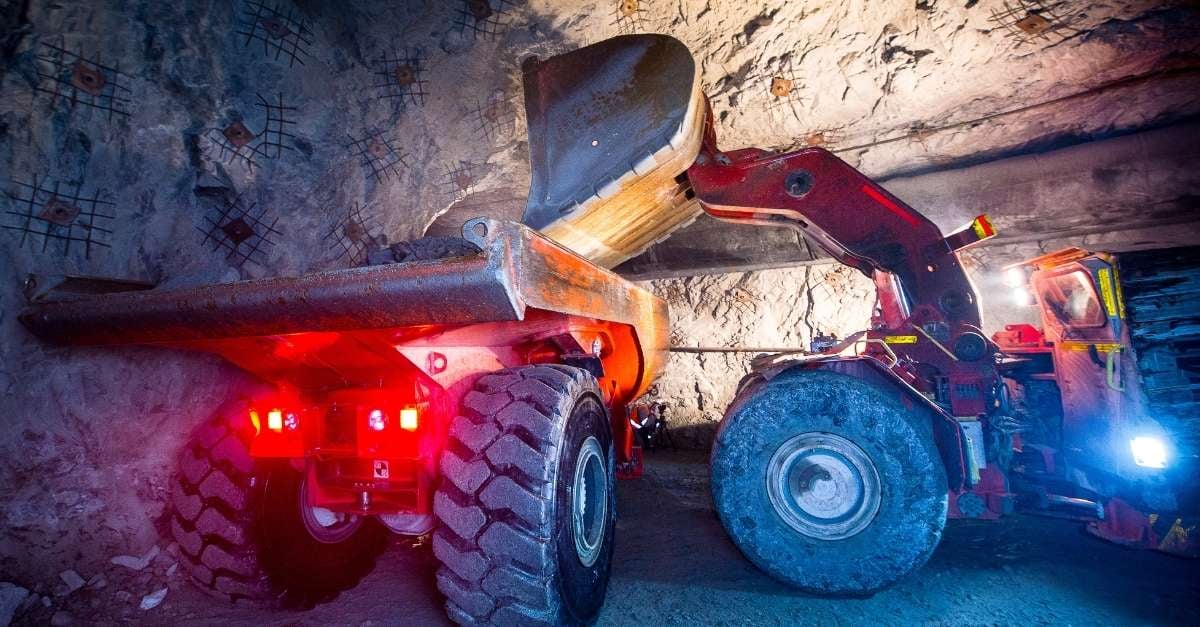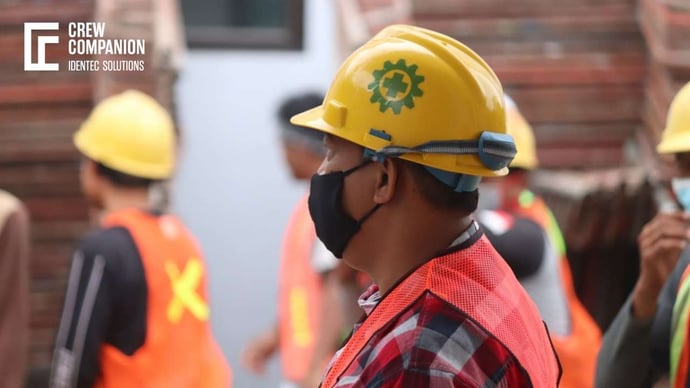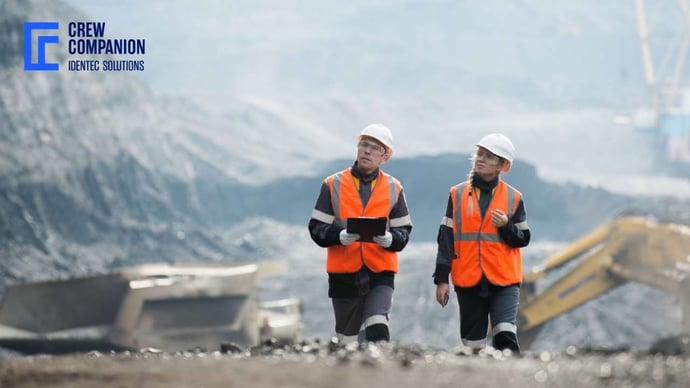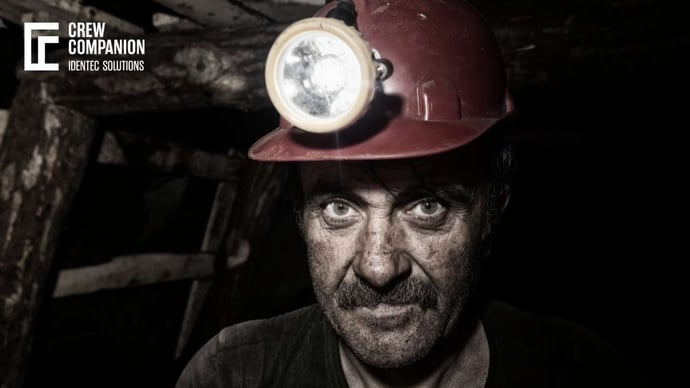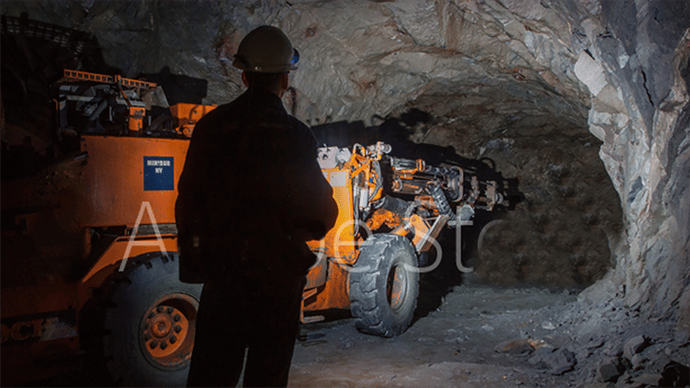Mine Safety: Why Digital Management?
| Written by Mark Buzinkay
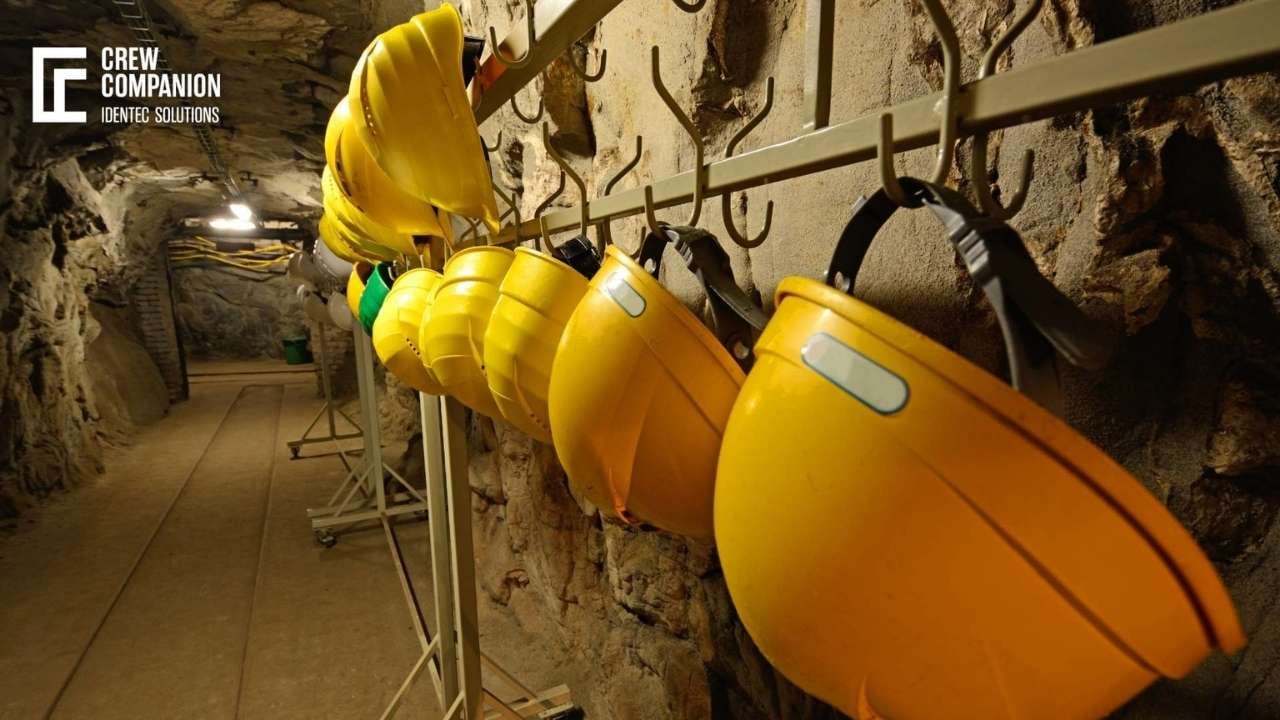
No video selected
Select a video type in the sidebar.
The mining of natural resources contributes to a significant portion of the world's economy. As the individual country owns underground resources, they regulate ownership, exploitation and mine management by particular laws. Mining is a lucrative business investment, attracting capital and corporations and contributing to the wealth of a nation. Both sides profit from a stable framework and predictable legal rights and obligations. One of them deals with mine safety: How to comply with legal rules and when to follow higher standards for your personnel and business underground? Learn more about wearables and how to improve your Risk Management in mining operations.
MINE SAFETY MANAGEMENT REGULATIONS
In most countries, national mining laws define that all mines are owned exclusively by the state and cannot be transferred by lapse of time or prescription. Corporations can gain mining concessions to explore and exploit underground or open-pit resources. National laws describe the procedures how for acquiring exploration and exploitation rights. In some nations, federal regulations may regulate the sector. For instance, the Australian government does not regulate work health safety (WHS) in the mining industry. Instead, states and territories regulate WHS in the mining industry.
The environmental protection measures are usually dependent upon the environmental components that may be affected by the mine, such as a water supply or nearby residential area. In addition, mining waste is typically regulated by the construction and location of where the waste is ditched.
The following primary laws and regulations govern health and safety in mining:
- General Mining Law and its regulations
- Law of Safety and Health in Employment
- Rules for Occupational Health and Safety for Mining
- Country-specific, individual regulations
Health and safety regulations cover mainly topics like:
- Having appropriate waste disposal procedures
- Having proper evacuation procedures
- Medical exams, retirement laws and health monitoring
- Adequate worker training with machinery
- Accurate signage at worksites
It is essential to understand the laws governing this sector and comply with these rules to remain in business. Regulations and standards regarding mine safety have been developed over time from best practices, insights and centuries of experience, know-how sharing and continuous improvement of technology and processes.
Continue reading about Mining safety training!

MINE SAFETY MANAGEMENT IN THE 20TH CENTURY
Before the 20th century, most mining activities were conducted under corporate-own regulations. Governments were hesitant to intervene in mining problems, sometimes due to the influence of mining interests but also doubts about the government's regulatory authority. Only reformers, mine unions, mine inspectors and disaster investigation commissions began to pressure the legal bodies to install legally binding rules and standards (such as the 1872 Coal Mines Act in the British Empire).
At that time, unsafe practices were standard in coal and metal mining. As a result, mining was one of the most dangerous occupations. Technological standards were low, but the challenges grew with the size of mines. Many reached a depth of 500 meters below the entrance point and needed to drain water from the shafts and ventilate to provide fresh air to the workers. The mine would eventually flood if the drainage or pumping system broke down. More dangerous, however, was the danger that the ventilating furnace would ignite mine timbers deep in the earth, and the resulting fire consumed the mine's entire oxygen supply and suffocated the miners.
As technology improved, disasters still occurred. One good example is the challenge of light. Miners would carry open flames into the mines in the form of candles and hanging lamps, oil-wick cap lamps and carbide lamps. The early invention of the safety lamp didn't change this behaviour because it felt cumbersome to operate. Edison's Flameless Electric Miners' Cap Lamp ended the danger of open flame in 1915.
Through the decades, personnel equipment and clothing have evolved continuously. In terms of safety, Personal Protective Equipment (PPE) became widespread and consists today of coveralls, boots, gloves, safety glasses and a hard hat (learn also about safety training kits).
Located in or near the shifter's wicket (the main space where miners get information and work assignments before going underground), the tagboard has been a standard safety feature used by underground mines worldwide to keep track of their employees underground. Employees' tagged in' at the beginning of each shift, hanging their name tags wherever they were working that shift. Every employee had to 'tag out' or withdraw their name tag at the end of their shift. If someone forgot to remove their tag, they were called back to work to remove it. Blasting could only happen once the tagboard was fully cleared. Tag boards were also imperative during emergencies, so management and mine rescue teams knew where underground employees were.
The milestone regarding health and safety management in mines came in the form of The Federal Coal Mine Health and Safety Act of 1969 in the United States. It was the most rigid worker health and safety law of its time and directed in a new culture in mining. The new law required federal assessments of all coal (and later also non-coal) mines in regular intervals, empowered inspectors to shut down mines violating the law and created strong safety protections for miners.
(Extended reading: Risk Management and Wearables)
Is it worth to go digital with MINE SAFETY MANAGEMENT?
Health and safety are among the highest priorities in the mining industry today. Mines can be harsh workplaces, which place high demands on the work environment. The development has led to automation and remote control of vehicles, digital positioning systems for people and machines, and regular safety exercises to make the work safer. In addition, many previously performed tasks of underground machines are now remotely controlled by above-ground operators.
Following a series of deadly accidents in the USA in 2006, a new safety framework for mining became reality. The Miner Act of 2006 addressed six areas of particular concern: post-accident communication, post-accident tracking, post-accident breathable air, lifelines for use in post-accident escape, training and local emergency coordination. In addition, a technology-oriented public financing program stimulated new mine safety technology and equipment. Within ten years of the passage of the Miner Act, the Office of Mine Safety had awarded over "120 technology development and commercialization or interagency agreements in its execution of the Miner Act. One of them was the emergency shelter; others were wireless communication and real-time locating of miners.
Locating miners inside a mine has always been problematic. Tracking people around a site using the name tagboard, radio-based transmitted changes of workers' positions, and manual lists can be labour-intensive, time-consuming, and expensive. As it has been prone to errors and is less accurate, it was part of the MINER Act of 2006. The requirement for post-accident tracking and local emergency coordination has been solved by introducing RFID-based position tracking and digital data availability in control rooms.
Embedding RFID into helmets, or issuing each worker with an RFID ID badge, tracks miners through RFID technology. It prevents trespassing and access to hazardous areas. In addition, it ensures that everyone leaves the mine in the event of a collapse to improve worker safety and drive operational upgrades to the mine. As a result, using RFID tags became the safer, cheaper and less labour-intensive security solution for mines worldwide. After introducing the MINER Act of 2006, the fatality rate in US mines dropped below 30 per year in 2020, continuously decreasing from above 250 per year in the late 70ies.
Further reading: Mining safety use cases for tech in real-world scenarios
What are The Benefits of Digital Management for Mine Safety?
Digital management technologies in this sphere of enhancing mine safety have many advantages, so they are one of the most important parts of modern mining. Advanced digital solutions—including things like Internet of Things devices, artificial intelligence, and data analytics—changed the way of the mining processes and safety protocols implementation. For example, IoT devices allow the continuous monitoring of environmental conditions such as gas levels, temperature, and air quality, hence giving real-time data that can project and prevent hazardous situations. The AI system interprets these patterns to project potential equipment failure or dangerous scenarios, and corrective action can be taken before an accident occurs. Further, the digital management tools will improve teams' communication and companies' coordination through effective digital communication networks to ensure that all staff are informed and able to respond in time in case of emergencies. Utilizing digital twins—online replicas of physical mining environments—permits the simulation of a range of scenarios to review and analyze the potential risks and plan the safer operational strategies. With these technologies in place, mining companies can be assured of improved safety of operations, productivity, and the ability to manage even the most stringent safety regulations for miners.
TAKEAWAY
Many mining countries regard miners' lives as the top priority in the mining industry. A long history of deadly accidents led to strict legislation not only in North America, Europe and Australia. In the aftermath of the 2010 Copiapó accident in Chile, the health and safety regulations were adapted to Western standards, asking for real-time location of miners underground.
Dive deeper into our core topic: Mining Safety!
Glossary
The MINER Act (Mine Improvement and New Emergency Response Act) - is a piece of U.S. legislation signed into law on June 15, 2006, aimed at enhancing mine safety and improving emergency response capabilities in the wake of several fatal mining accidents. The act amended the Federal Mine Safety and Health Act of 1977 and introduced significant changes to improve safety standards for miners.
Sources:
(1) https://www.azomining.com/Article.aspx?ArticleID=1797
Note: This article was updated on the 10th of January 2025

Author
Mark Buzinkay, Head of Marketing
Mark Buzinkay holds a PhD in Virtual Anthropology, a Master in Business Administration (Telecommunications Mgmt), a Master of Science in Information Management and a Master of Arts in History, Sociology and Philosophy. Mark spent most of his professional career developing and creating business ideas - from a marketing, organisational and process point of view. He is fascinated by the digital transformation of industries, especially manufacturing and logistics. Mark writes mainly about Industry 4.0, maritime logistics, process and change management, innovations onshore and offshore, and the digital transformation in general.
